WHAT IS COSPLAY?
By Christine Skirbunt , Guest Writer
First, let’s try to answer the seemingly simple question of “What is cosplay?” Cosplay (shorthand for “Costume Play”), in its simplest definition, is that it is the practice of dressing up as characters from anime (animation that first originated from Japan), manga (the art in comics and graphic novels that also first originated from Japan), video games, TV shows, movies, books, historical figures…the list is endless!
For most people who engage in it, it is a hobby. But to a cosplayer (as people who participate in cosplay are known), it is a form of creative expression. Cosplayers usually get a great deal of satisfaction from either designing and making their own costumes, or searching for premade/ready-to-order costumes that they painstakingly researched and try to make as accurate as possible to whomever they are portraying. Many cosplayers develop and hone craft skills they previously did not have, including sewing, prop-making, makeup special effects, and wig styling.
Most know cosplayers as the people who attend conventions in their costumes, but the story goes much deeper. To understand it better, we need to look at the history of cosplay.
HISTORY
The origins of cosplay are multi-faceted. They involve contributions from both American and Japanese culture. Its roots can be traced back to early Science Fiction conventions in the US, with the earliest recorded one being at the 1939 World Science Fiction Convention (Worldcon) in New York. There, the first two documented individuals arrived wearing futuristic costumes to the event. At the time, they were referred to as “Futuristicostume.” Didn’t exactly roll off the tongue.
However, while the practice of dressing up as characters may have started in America, the huge modern culture and terminology we use today was developed and made popular in Japan. This came about in 1984 when Nobuyuki Takahashi attended Worldcon in Los Angeles. He was inspired by the costumes he saw and he then introduced the concept to Japanese audiences who breathed a vibrant new life into the hobby, known in Japan as “Kosupure” (“cosplay”).
Thus, cosplay as the organized hobby we know it as today was invented in Japan after building upon earlier American practices. Rapid growth in the hobby was especially seen in the 1980s at Japanese anime and manga conventions such as Comiket.
In the 1990s, aided by the rise of the internet and the global popularity of Japanese anime and manga, cosplay was becoming more prevalent and popular, with the first major cosplay in the Western world, “Anime Expo,” which featured a cosplay competition.
By the 2010s, social media came into play and helped grow the cosplay community immeasurably. It has allowed cosplayers to share their work, exchange ideas, sell any wares they may be producing, and to connect the global cosplay community.
In 2014, the first “Cosplay World Master Championship” was held in Portugal. The location of such an event emphasized the global recognition cosplay had finally earned. It was not just a hobby. It was an art.
TODAY
Many cosplayers attend outlets where they can show off their imagination and share their mutual love of the hobby at the hundreds of conventions, expos, fairs, dances, and meet-ups that take place across America every year. Cosplay provides a creative outlet and a break from the ordinary routine of everyday life. With major conventions (San Diego Comic-Con, New York Comic Con, etc), and social media such as Instagram, TikTok, and YouTube, cosplayers have no shortage of ways to share their costumes and passions.
As if to drive home this point, by the 2020s, the cosplay market had seen tremendous growth. In 2022 the global cosplay market was valued at approximately $35.2 billion, with projections to reach $80.85 billion by 2028. This underscores the significant economic impact of the hobby as well as its growing popularity. (https://www.arizton.com/market-reports/cosplay-costumes-and-wigs-market).
SO, WHAT IS CONSIDERED COSPLAY TODAY?
Cosplay encompasses a huge range of styles and activities all while reflecting the diversity and creativity of its participants. Here are various forms of cosplay that fall under the “Costume Play Umbrella.”
- Traditional: Involves Fictional Character Cosplay and Historical Cosplay.
- Subgenres: Crossplay, Gijinka, and Genderbending.
- Themed Cosplay: Major contributions to this form include Steampunk, Cyberpunk, and Fantasy Cosplay.
- Role-Playing and Performance: LARPing (Live Action Role-Playing) is probably the main contributor in this category. The act of Roleplaying a character is taken beyond simply wearing a costume and sometimes happens within the context of a game.
- Original Characters (OCs): These are original creations of the cosplayer where they create their own character and build a world of backstory, attire, and props they deem their character would have. It can allow for a great deal of creativity and personal freedom of expression.
- Group and Couple Cosplay: Groups, usually made up of friends, team up and dress as characters from the same source or theme. There is also Couple Cosplay.
Amidst all of this, there are also Professional and Competitive Cosplayers, both of which the individuals make a living through sponsorships and paid appearances, as well and competitions.
Finally, the unsung heroes of the cosplay world include Costumiers and Propmakers, both of whom help clothe and accessorize cosplayers unable to sew their own costumes or make certain types of props. Many cosplayers end up becoming adept at both special effects makeup and wig styling (usually through trial and error!).
WHAT MANY PEOPLE DON’T KNOW
Cosplay is sometimes frowned upon by either older generations, those who are historical reenactors, or people who just “don’t get it.” But the truth of the matter is that Renaissance Fairs, Historical Reenactments, or any situation where participants dress in period attire and act in character meet the criteria needed to be a cosplayer, though many in those communities may be unaware that their hobby/passion/or vocation falls under the Cosplay Umbrella! And yes, this even includes Jane Austen events where the members engage in Regency dances, dress in period-appropriate clothing, and participate in activities that reflect the historical era. It is not dissimilar from cosplayers who dress up as fictional characters from various genres – including Jane Austen’s books!
Cosplay is everywhere, people just may not be aware they are seeing it as they know it by a different name. But the absence of the label does not invalidate the societal and economic impact cosplay and cosplayers are having around the world.
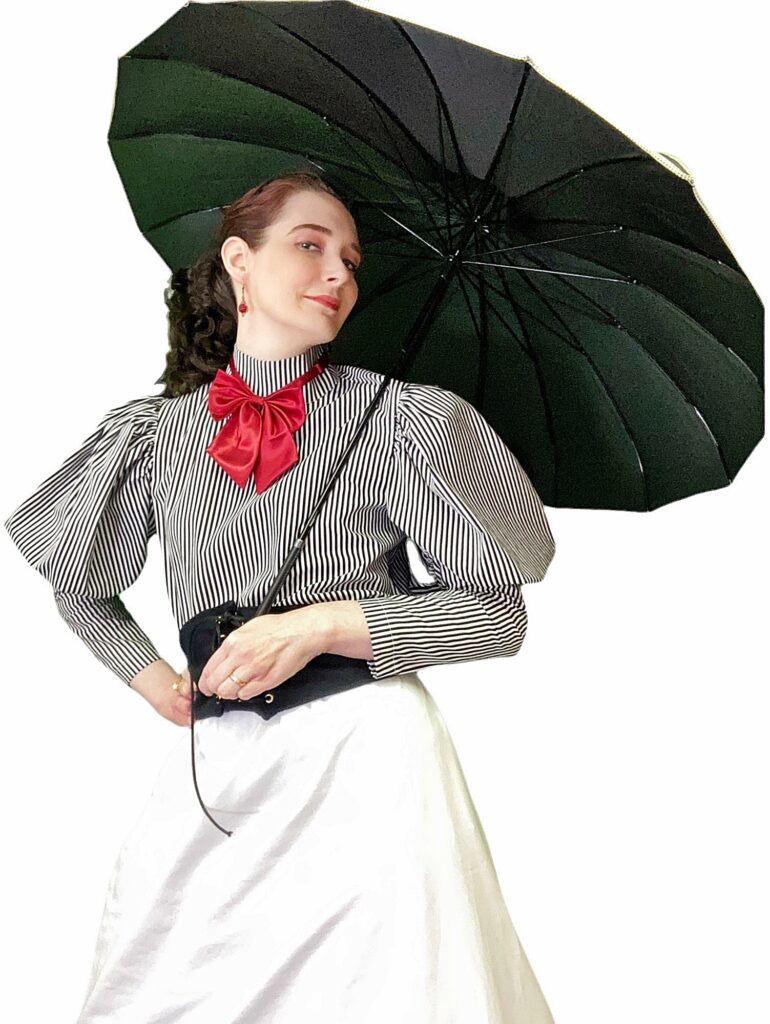
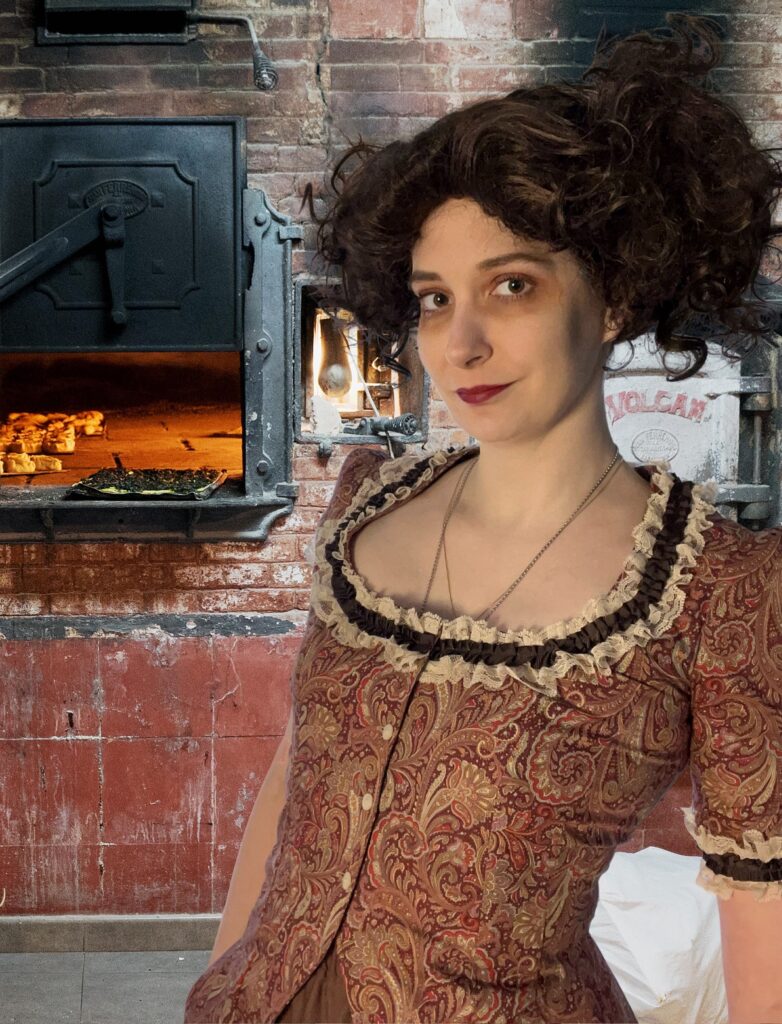
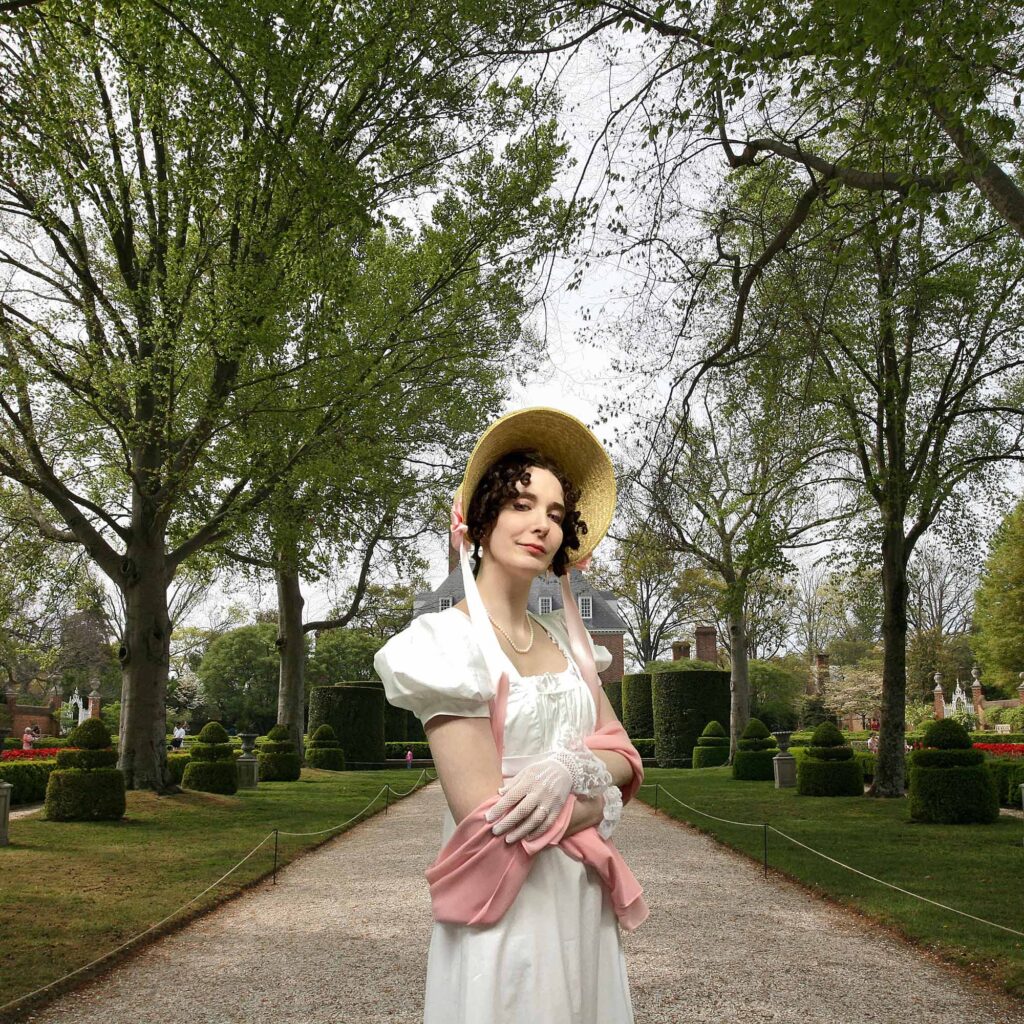
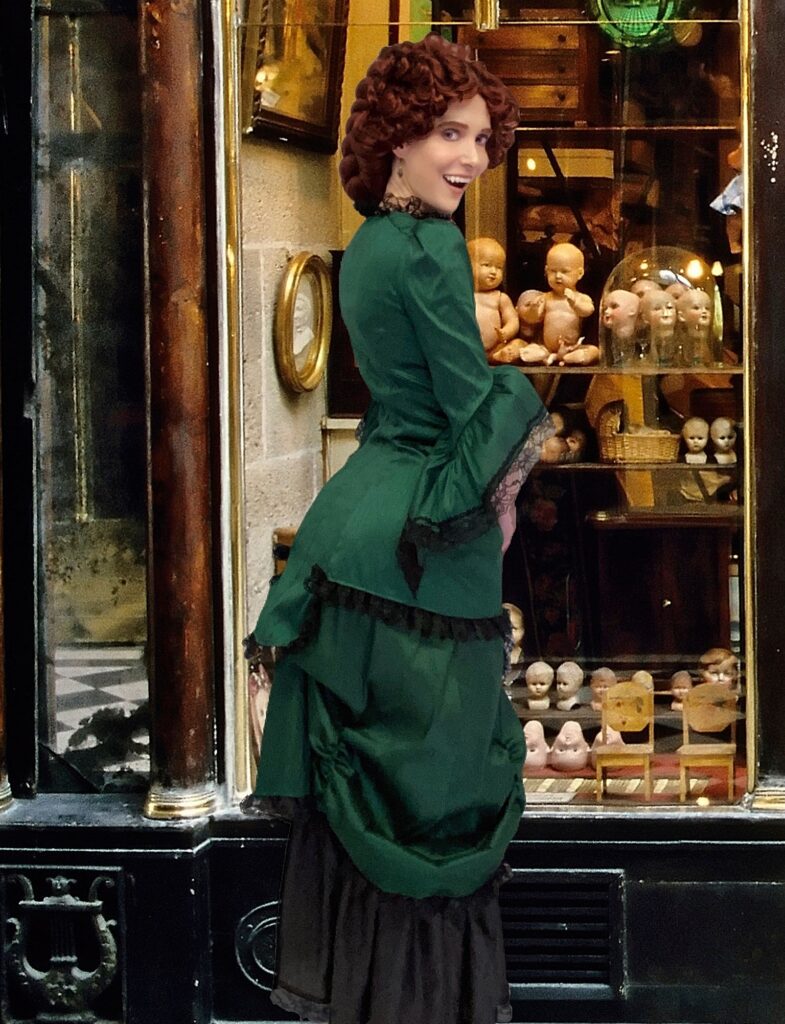

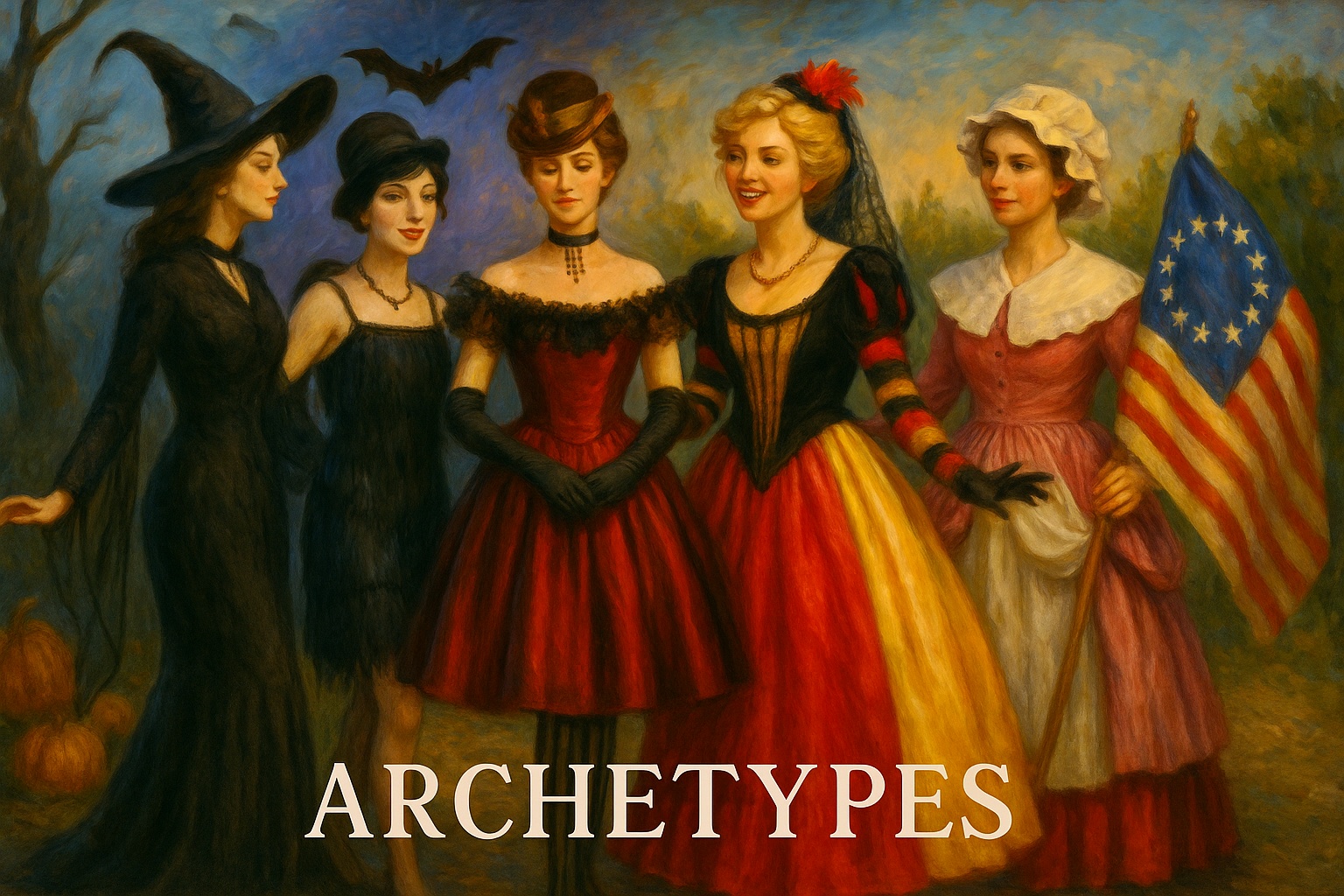
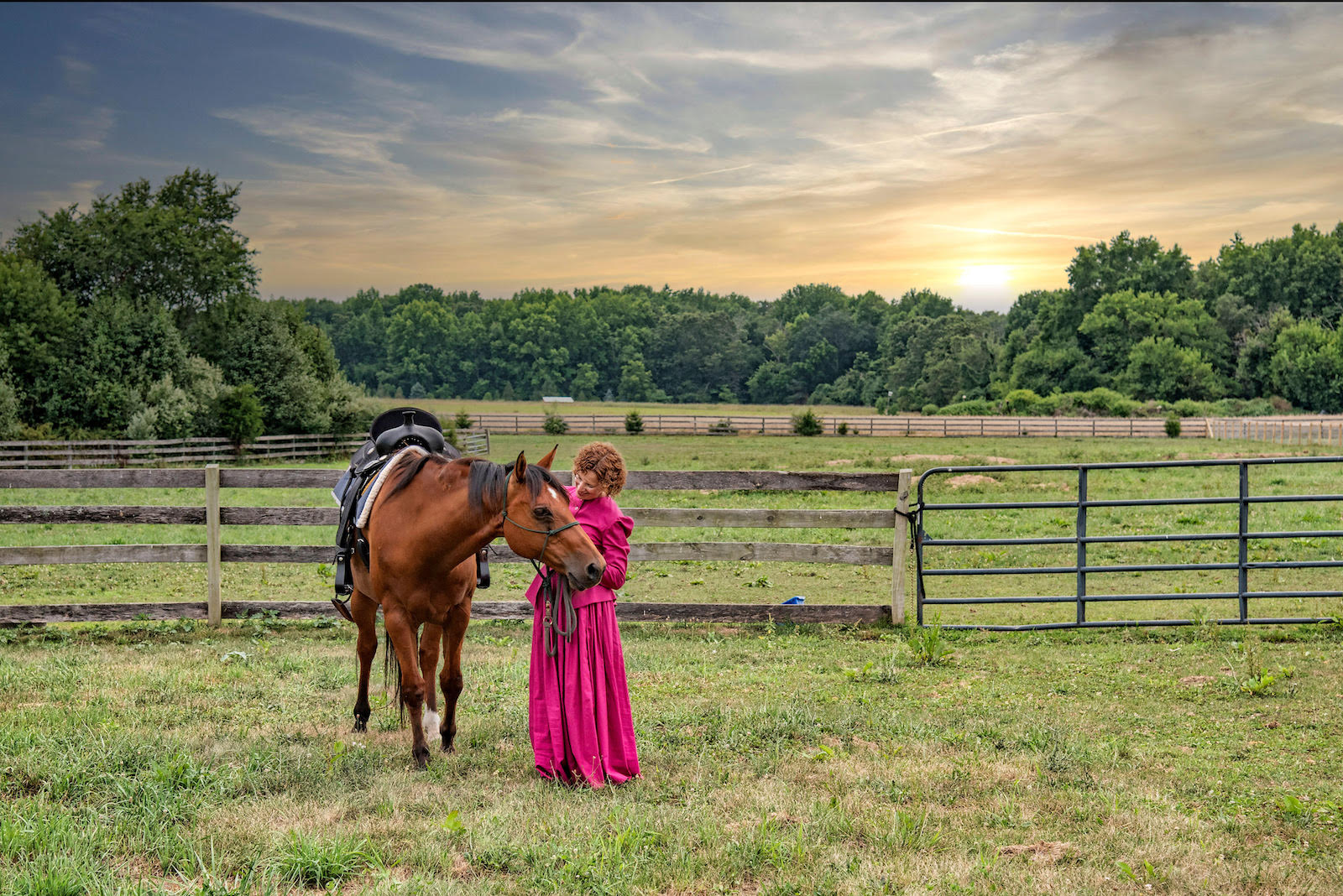
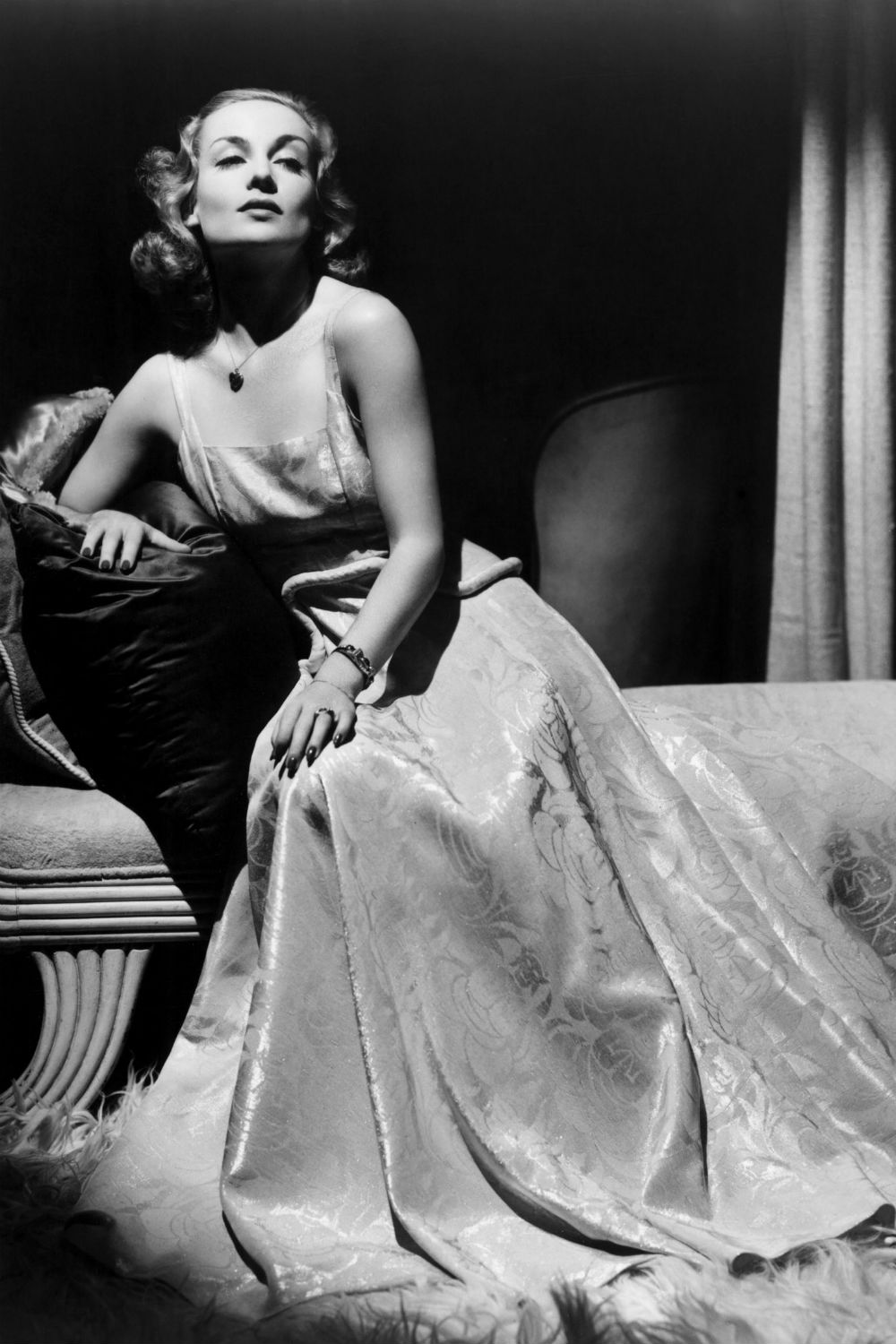

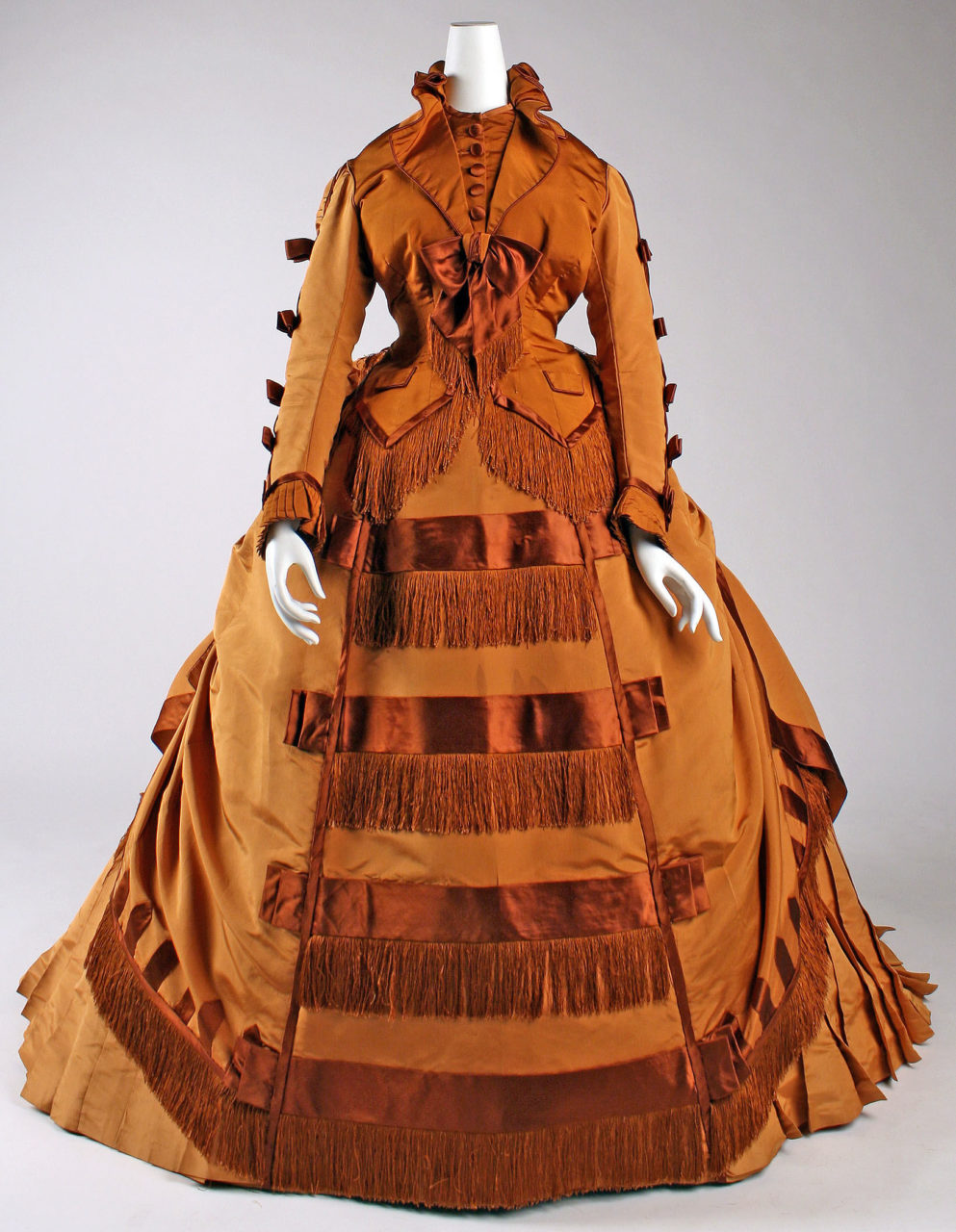

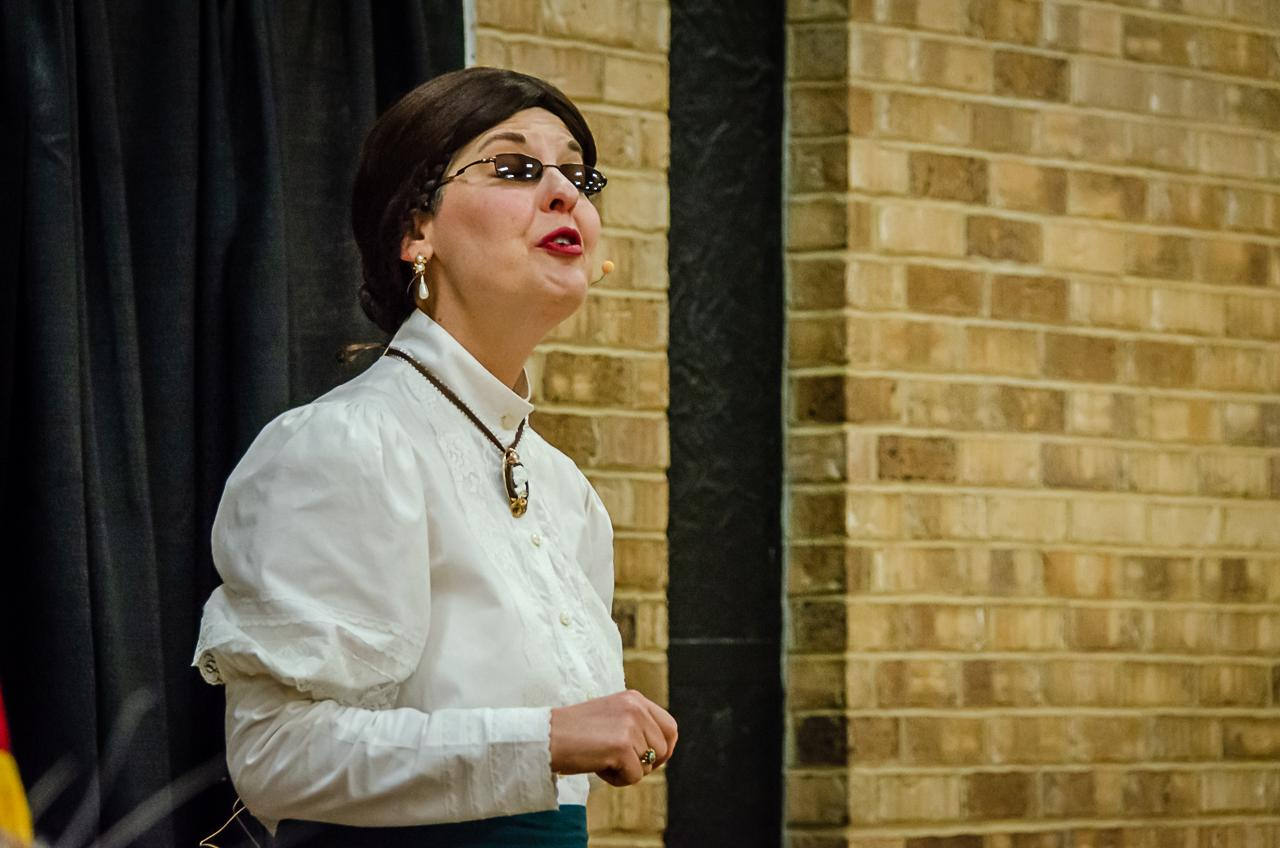
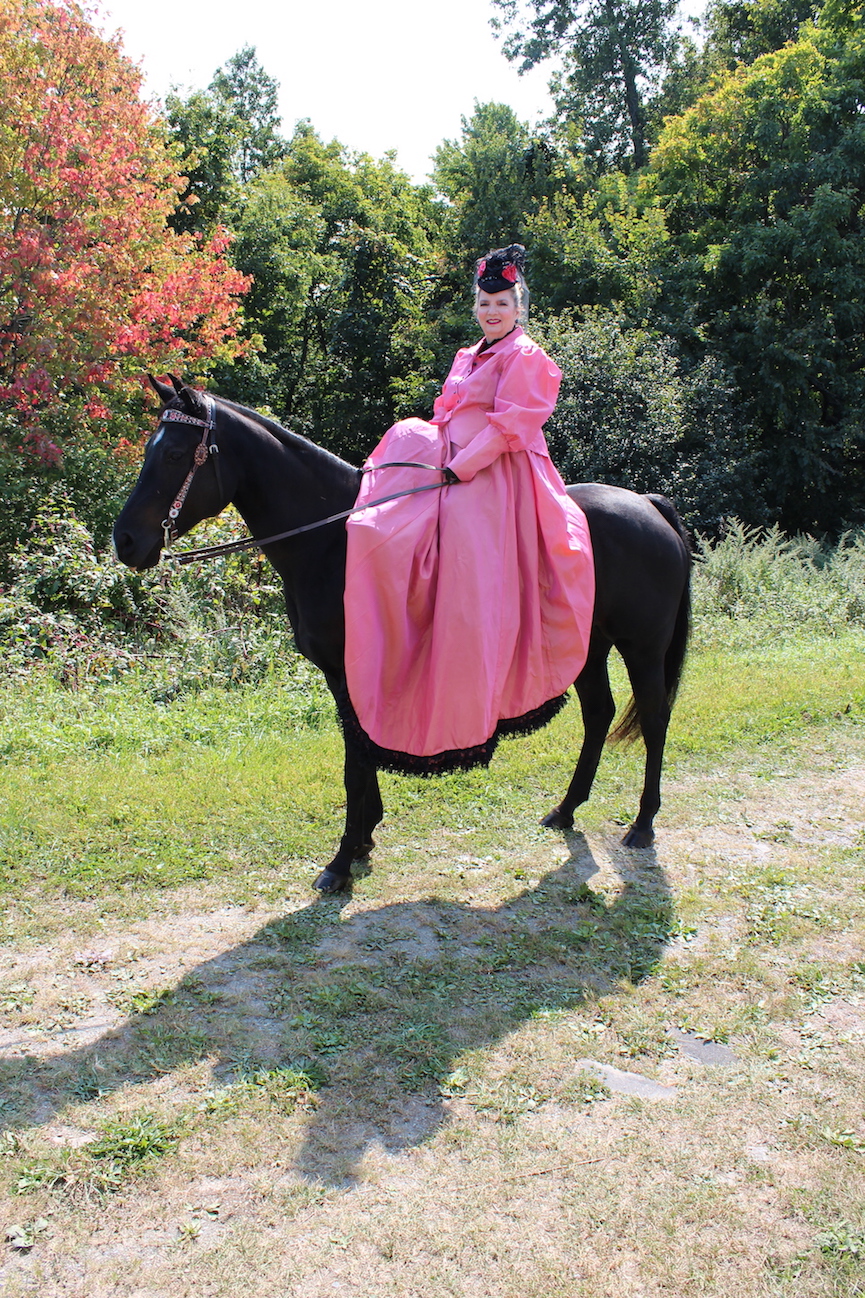

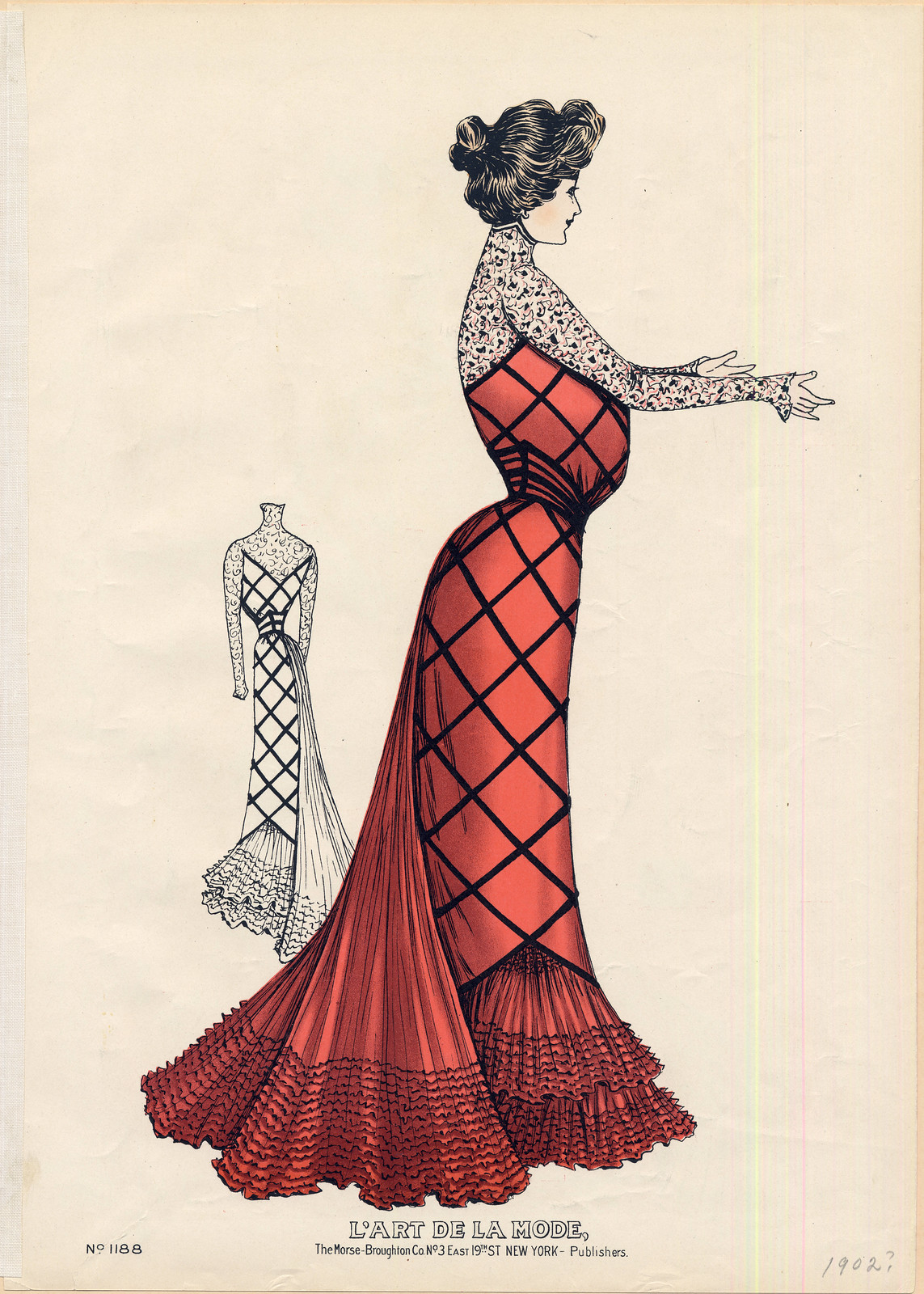

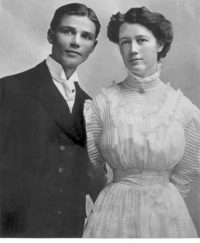
Leave A Comment